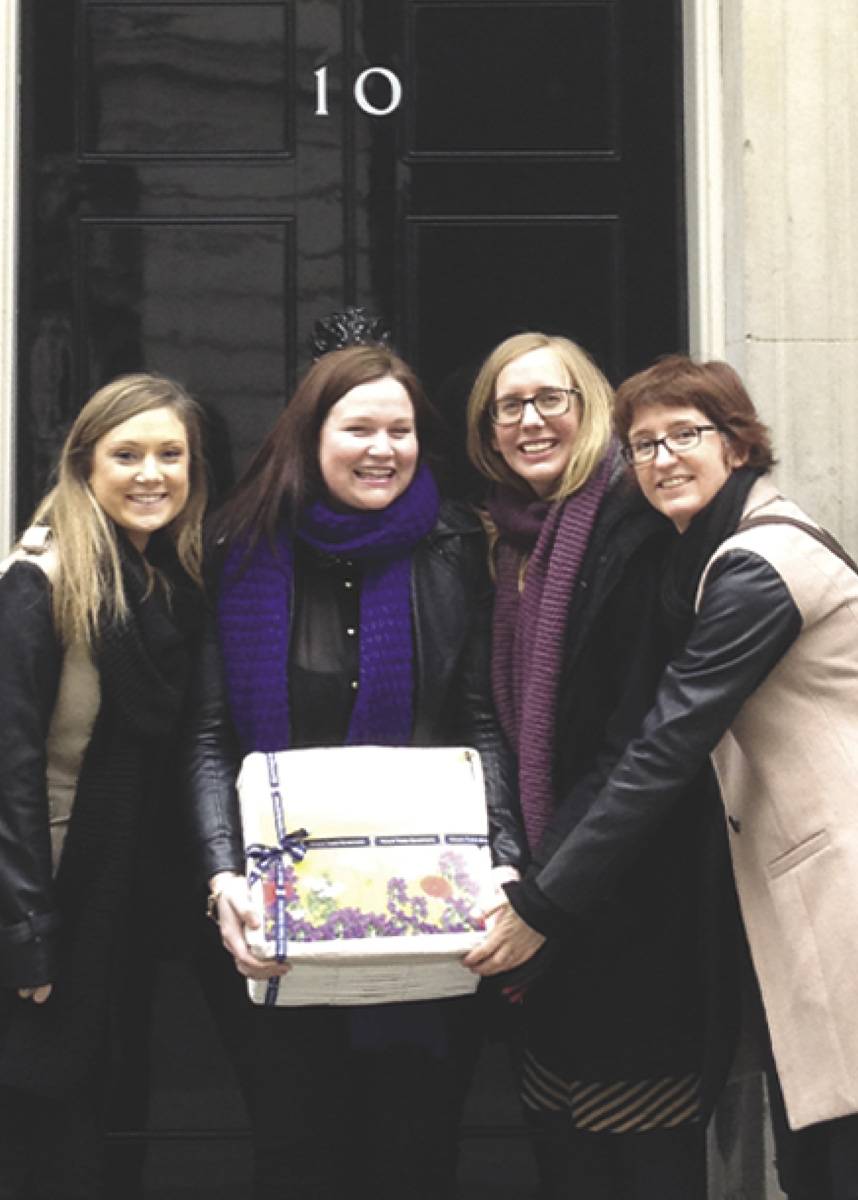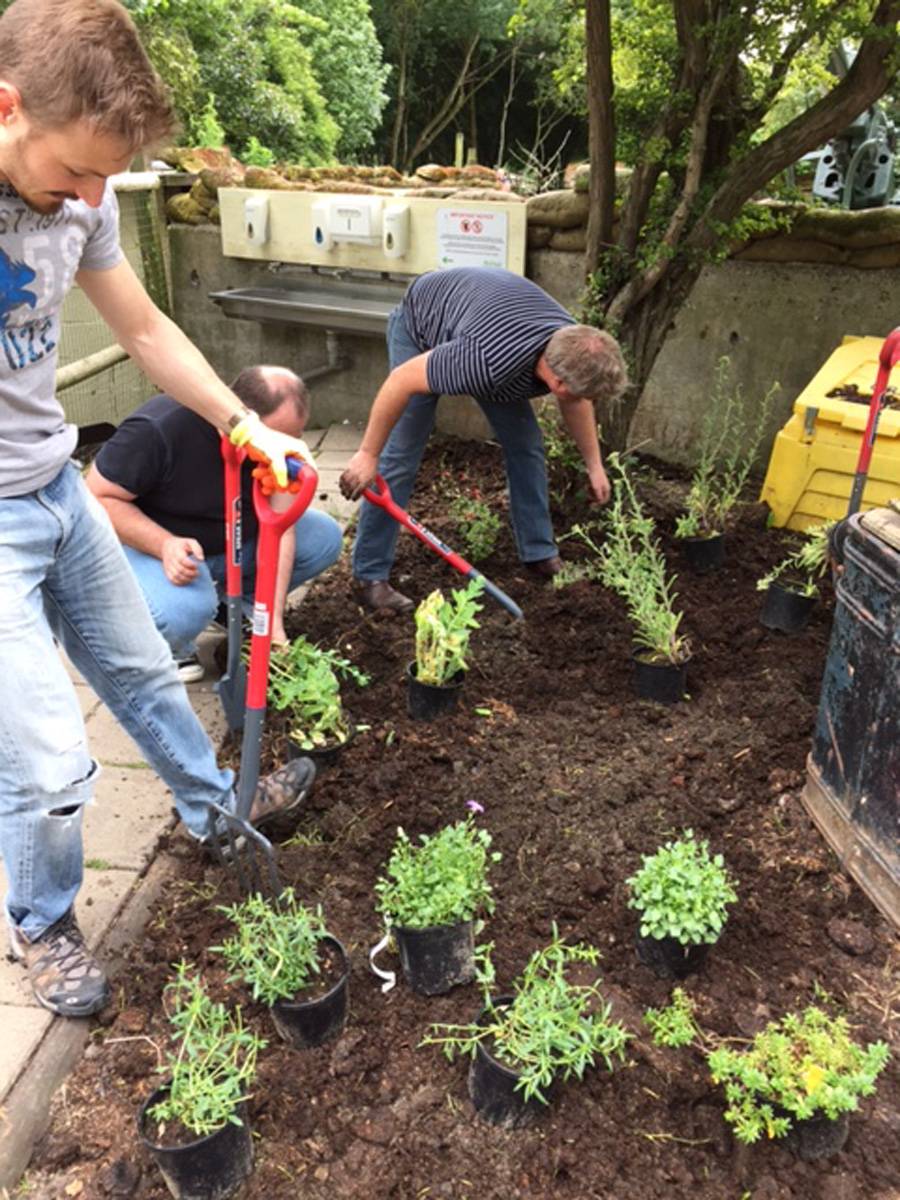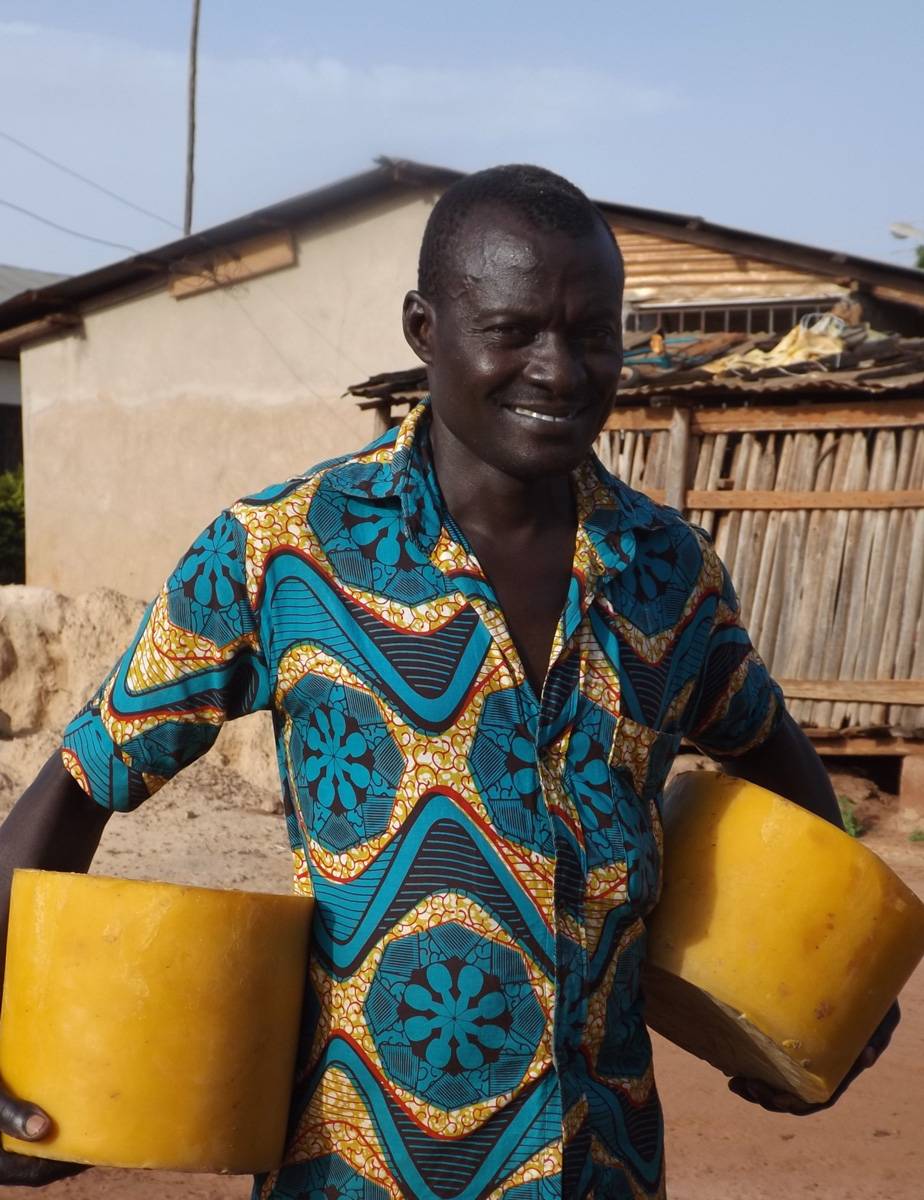

Celebrating 10
years
of Bee Lovely
Our Bee Lovely campaign was launched back in 2011 with one important aim, to help save the bees.
Every time you’ve chosen a Bee Lovely product over the past ten years, you’ve helped us donate to charities that protect these humble, vital creatures and we give 3% of the sales to them. In fact, we’ve raised over £250, 000 so far.
But we’re not stopping now. We have big plans to continue our work to protect bees and other pollinators all over the world.
How we've helped save the bees


2011
We launched our Save the Bees campaign to combat the rapid decline of this vital pollinator. It was named Best Campaign by the Ecologist and we raised £13,000 in total for our bee-friendly charities. We also hosted a Bee Symposium with guest speakers from environmental organisations addressing the problems facing bees and what can be done to regenerate the UK bee population


2012
We started our Bee Lovely petition to ban neonicotinoids, as well as launching our very own Bee Lovely collection to support donations to bee initiatives across the UK. Our first product, the Bee Lovely Hand Cream was specially created for the campaign and £1 from every product sold was donated to BugLife, LandLife and Pesticide Action Network UK


2013
With 120,000 signatures, we handed over our Bee Lovely petition to 10 Downing Street, helping to secure a ban on deadly neonicotinoid pesticides. The European Commission voted to suspend the use of three neonicotinoid insecticides. The decision meant that Europe would be enforcing the world’s first continent-wide ban on these widely used insecticides. Great news for bees!


2016
We continued to raise money from our Bee Lovely collection to help support our bee-friendly charities. We also helped London Beekeepers Association to plant 1,000 wildflowers at Mudchute Farm to encourage bees and other pollinators to thrive and flourish there. From 2016-2020, £67,000 of donations from our Bee Lovely campaign enabled Bees for Development to set up over 1,000 beehives in Uganda


2020
By September 2020, over 56 million bees had been supported in Ghana. With 836 new hives in cashew orchards and 300 hives in citrus groves. The beehives really help to increase the farmers’ yields as well as provide honey and an extra cash income for the farmers. To date, we’ve raised a total of over £250,000 for bee-friendly organisations


Continuing our work
In 2021, we’re going back to our roots. We’re helping to protect biodiversity in the UK and helping to save one of Britain’s rarest bumblebees, the shrill carder bumblebee. Going forward, we’ll be working closely with our partners at the Bumblebee Conservation Trust to help support bumblebees and all pollinators


How can you help save the bees?
There is still a lot of work to be done to protect our bees and other pollinators from rapid decline, but there’s plenty you can do to help!
Get gardening
Planting bee-friendly flowers in your garden is a great way to attract bumblebees and other pollinators. Lavender, sunflowers, and herbs like rosemary or thyme are a great place to start – and they smell great!
Create a bee bath
Foraging, collecting nectar and pollinating our crops is thirsty work. You could help by filling a shallow bird bath or bowl with clean water and arranging a few stones inside to break the water’s surface. This gives bees a place to land and take a nice, refreshing drink.
Spread the word
To really make an impact, you could volunteer with local organisations, get involved in bee counts, and donate to bee-friendly charities. Don’t forget to share your work on social media to help spread the word.
Bee Lovely
Finally, treat yourself to one of our Bee Lovely products knowing that 3% of the sale will go towards bee-friendly charities who are fighting the cause to protect our precious pollinators.


Make a bee house
- Find or make an open ended box made of untreated wood, around 20cm deep and any width/height
- Drill holes into dry logs or sections of untreated timber, up to 18cm long, ensuring there are no splinters in the holes and that the holes don't reach the other end. Different sized holes will attract different bees – the harebell bee, for example, will use smaller holes
- Hang your bee house in a sunny position, on a firm surface such as a sturdy fence





